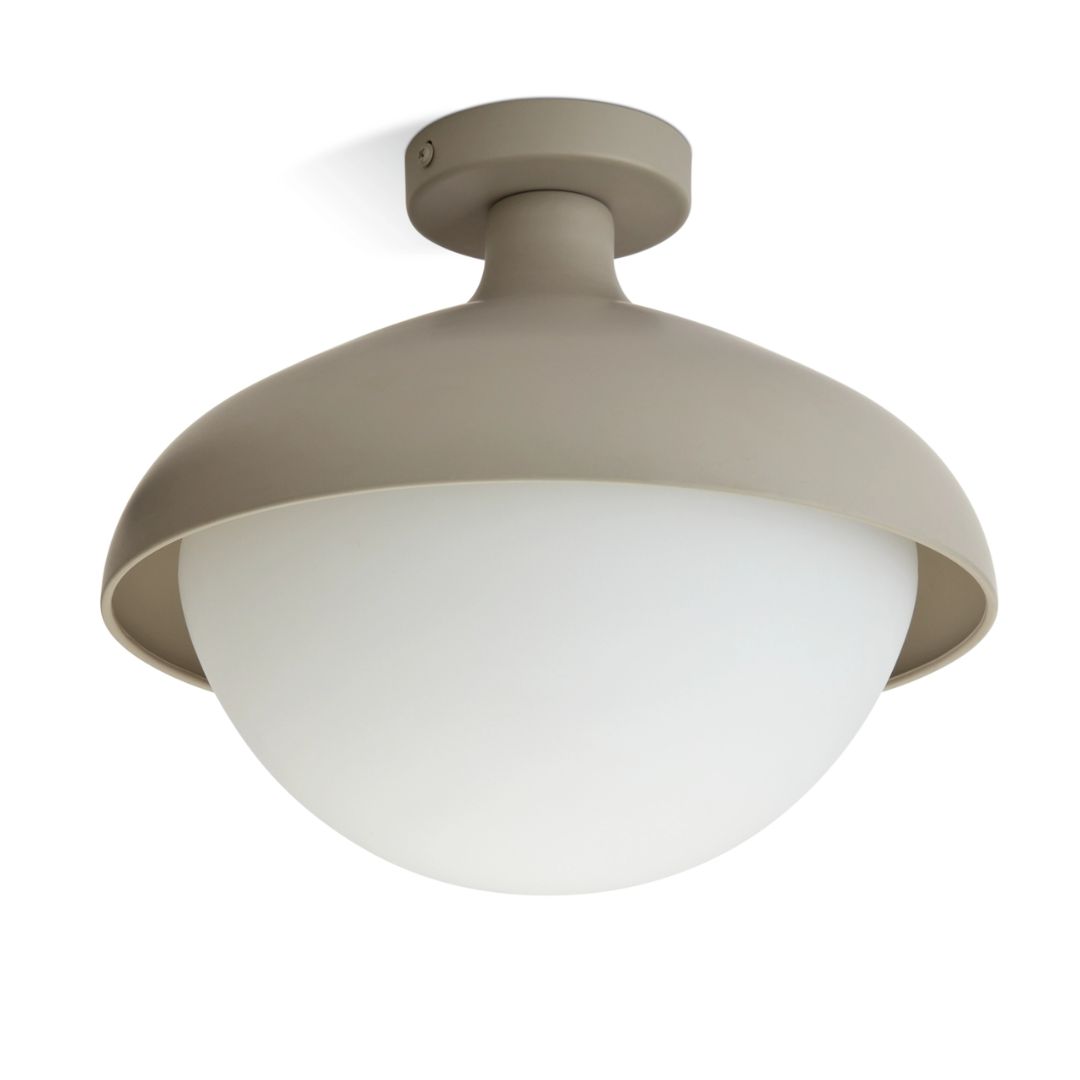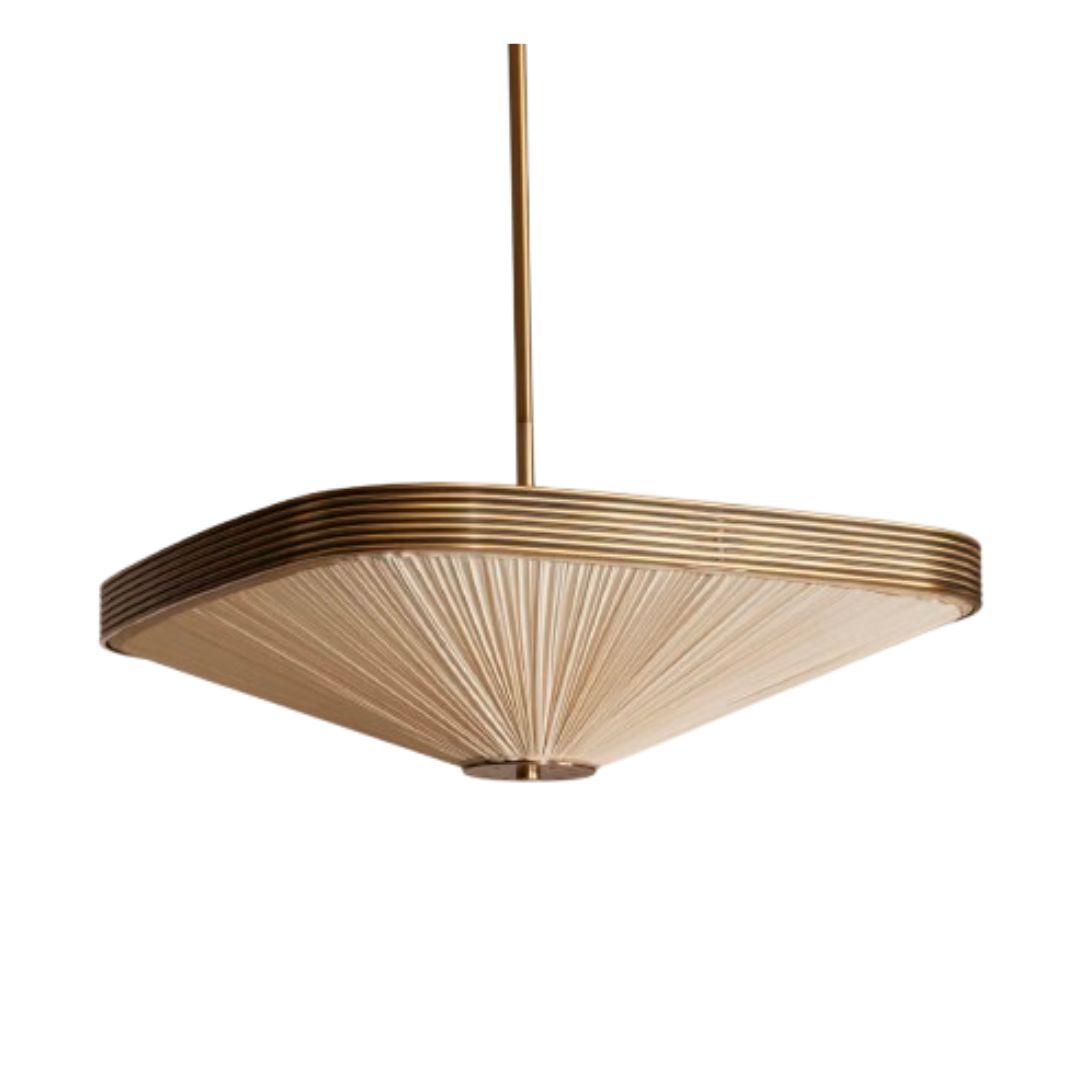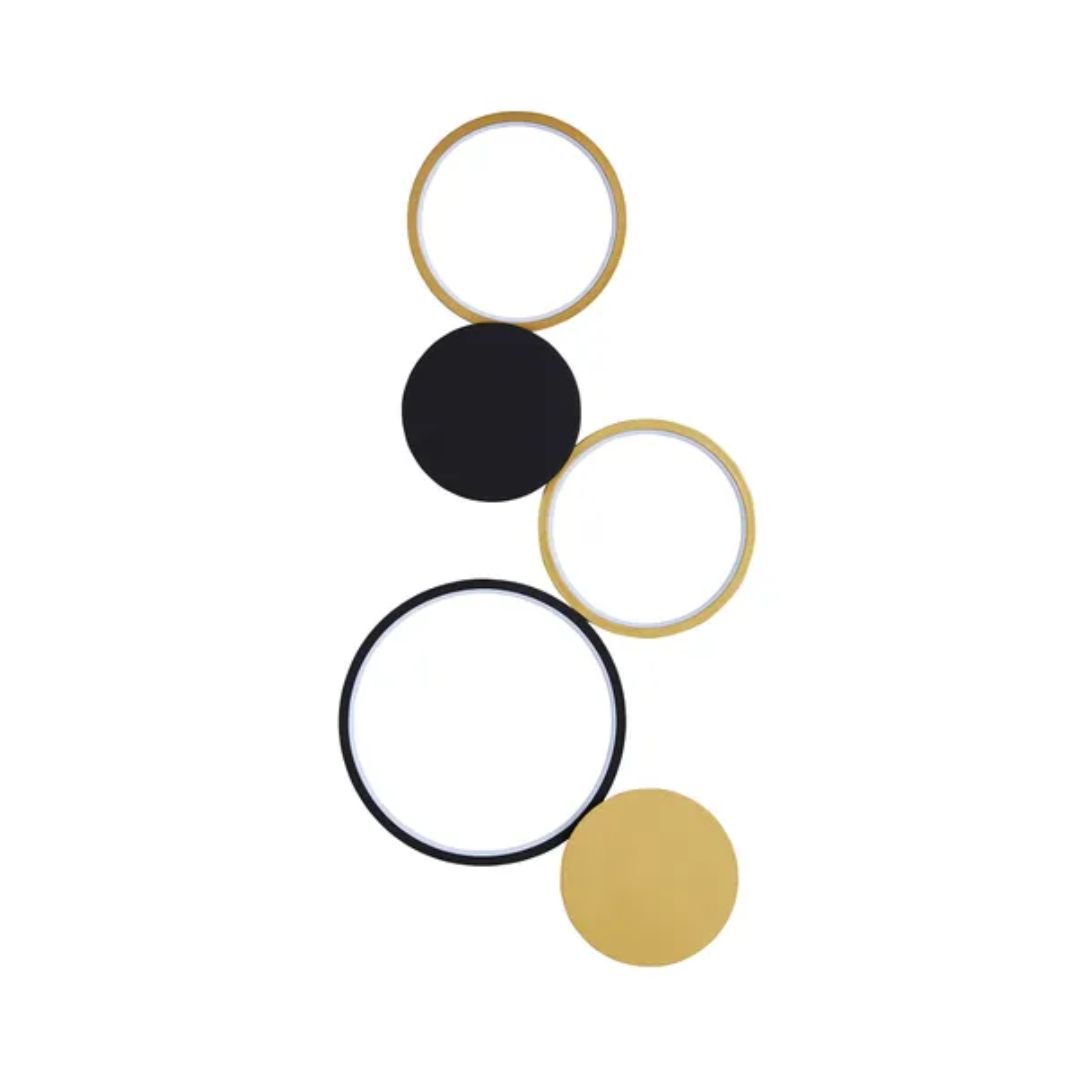Have We Evolved Beyond Spotlights? Why Designers Aren't Choosing This Lighting Anymore, and Where It Still Comes in Handy
Once a staple in homes, the need, use, and role of spotlights is now, quite literally, under the spotlight. Discover how relevant they are in interiors today
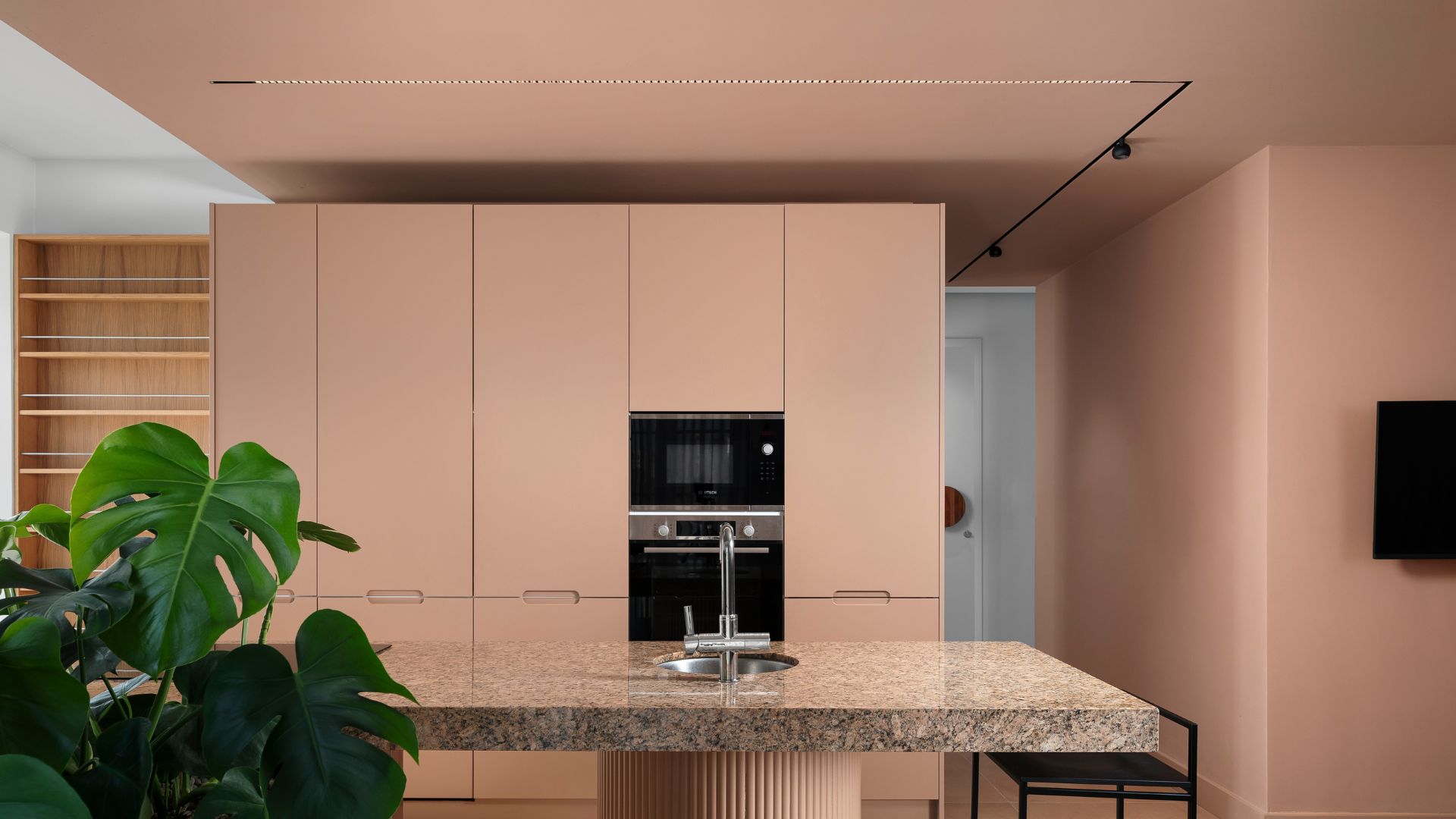

Spotlights, whether you like them or not, are largely still present in residential design — somewhat of a default choice. Usually found in more functional areas, these tiny but powerful sources of light have ensured even illumination in rooms, sometimes even doubling as accent lighting.
However, in recent years, as homes have evolved, designers and homeowners alike have taken a more considered approach to each element that goes into the home...including lighting. Homeowners have been questioning how to plan their home's lighting scheme more effectively, opting for large chandeliers, pendant lights, sconces, and uplights rather than always relying on the safe option of spotlights.
So the question needs to be asked: have we completely evolved beyond spotlights, or do these tiny yet hardworking elements still hold relevance in the modern home? We asked experts to share their insights on this enduring lighting choice.
Are Spotlights Still Preferred by Designers?
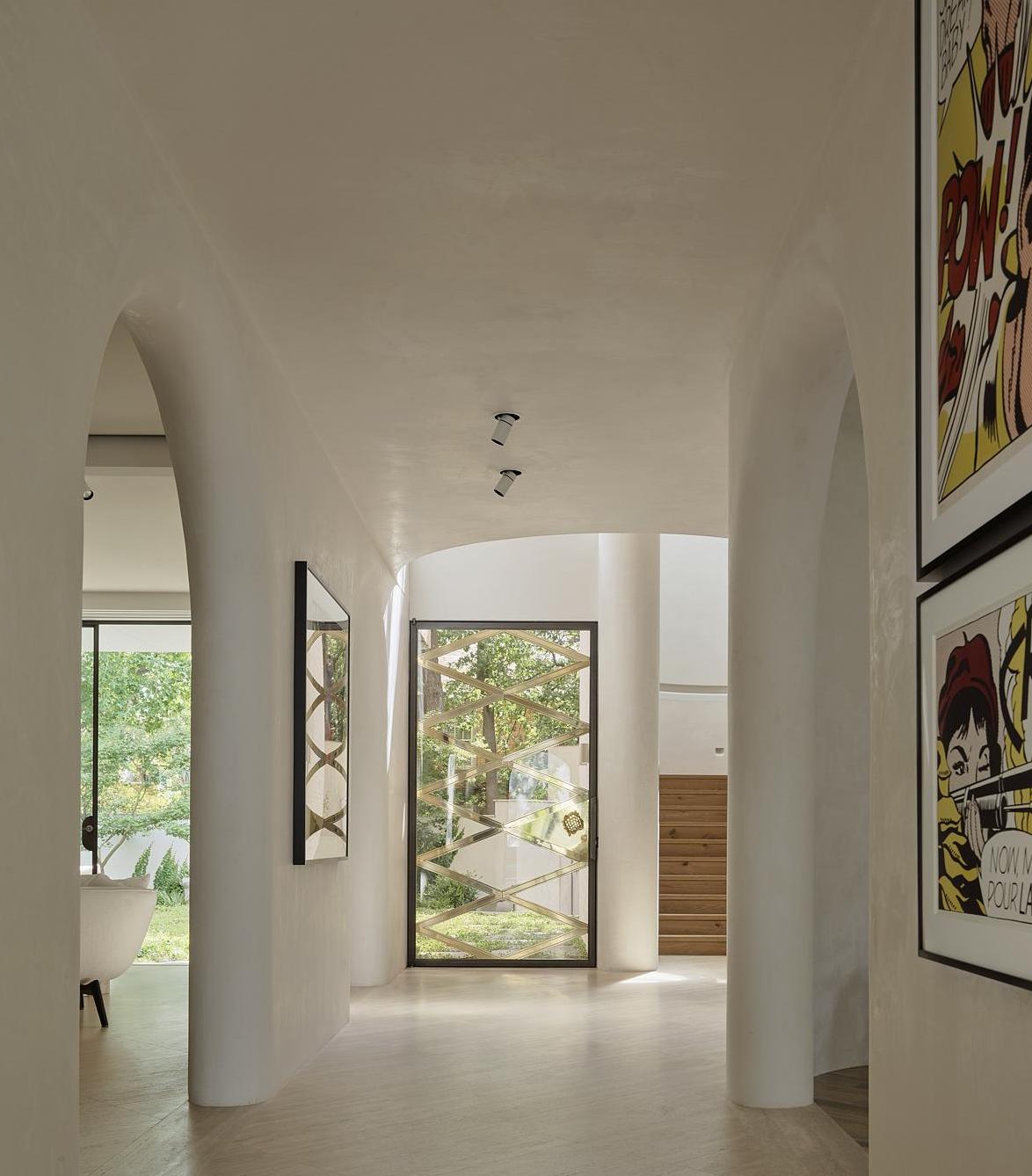
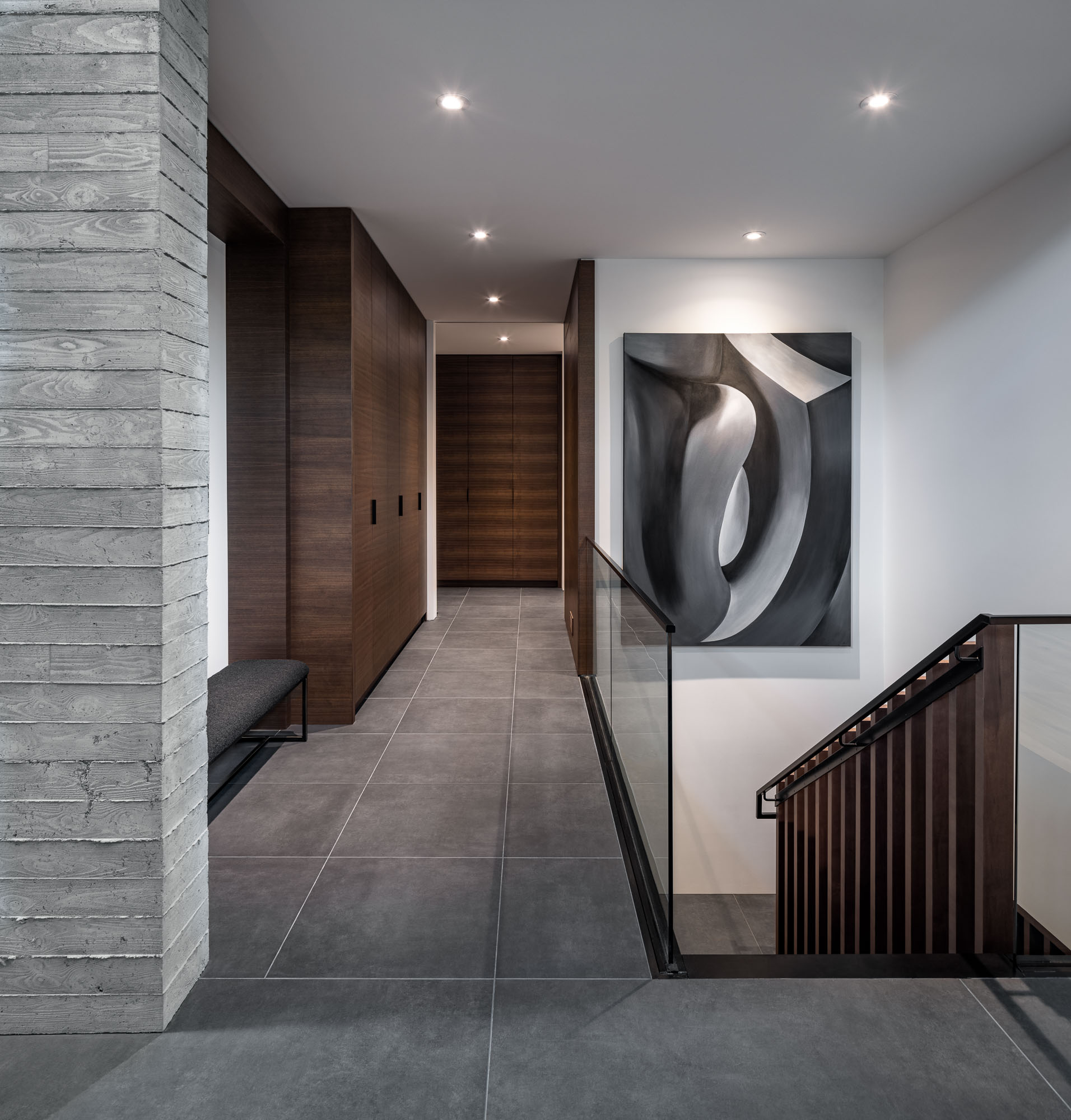
Yes and no. While designers haven’t completely done away with spotlights, their use has certainly diminished in light of broader lighting trends.
“Spotlights are losing their charm in residential settings,” says Fontanella, CEO and founder of Argent Design. “While they once felt like the go-to for modern homes, many clients now find them too clinical or commercial, particularly when they cast a harsh, cool-toned beam. Ten years ago, they were considered essential, but today we’re often asked to remove them in favor of lighting that feels softer, warmer, and more characterful.”
Architectural interior designer Juliette Byrne agrees: “We’re using them with much more restraint than we might have a decade ago. Today’s clients are asking for atmosphere, not just illumination, so we layer light. By thinking of lighting as a composition rather than a single source, we can create interiors that feel warm, welcoming, timeless, and ultimately more luxurious.”
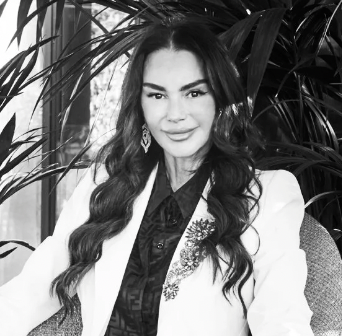
Fontanella, founder of Argent Design, is celebrated for her visionary approach and refined elegance. Since 1997, she has crafted timeless, culturally attuned interiors that blend beauty with function, earning global recognition and a discerning private and commercial clientele.
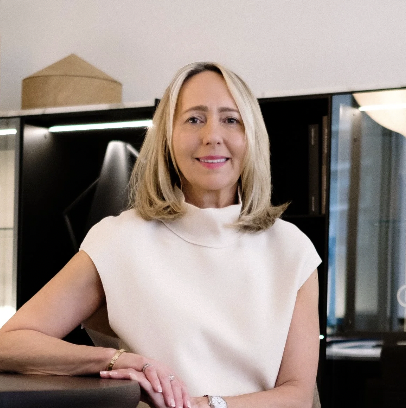
Founded in 1988, Juliette’s Chelsea studio is renowned for elegant interiors that merge classic and contemporary. With 37 years of expertise, she excels at managing sites, teams, architects, and portfolios, driven by efficiency, precision, and design sophistication.
What Are the Biggest Limitations of Spotlights?
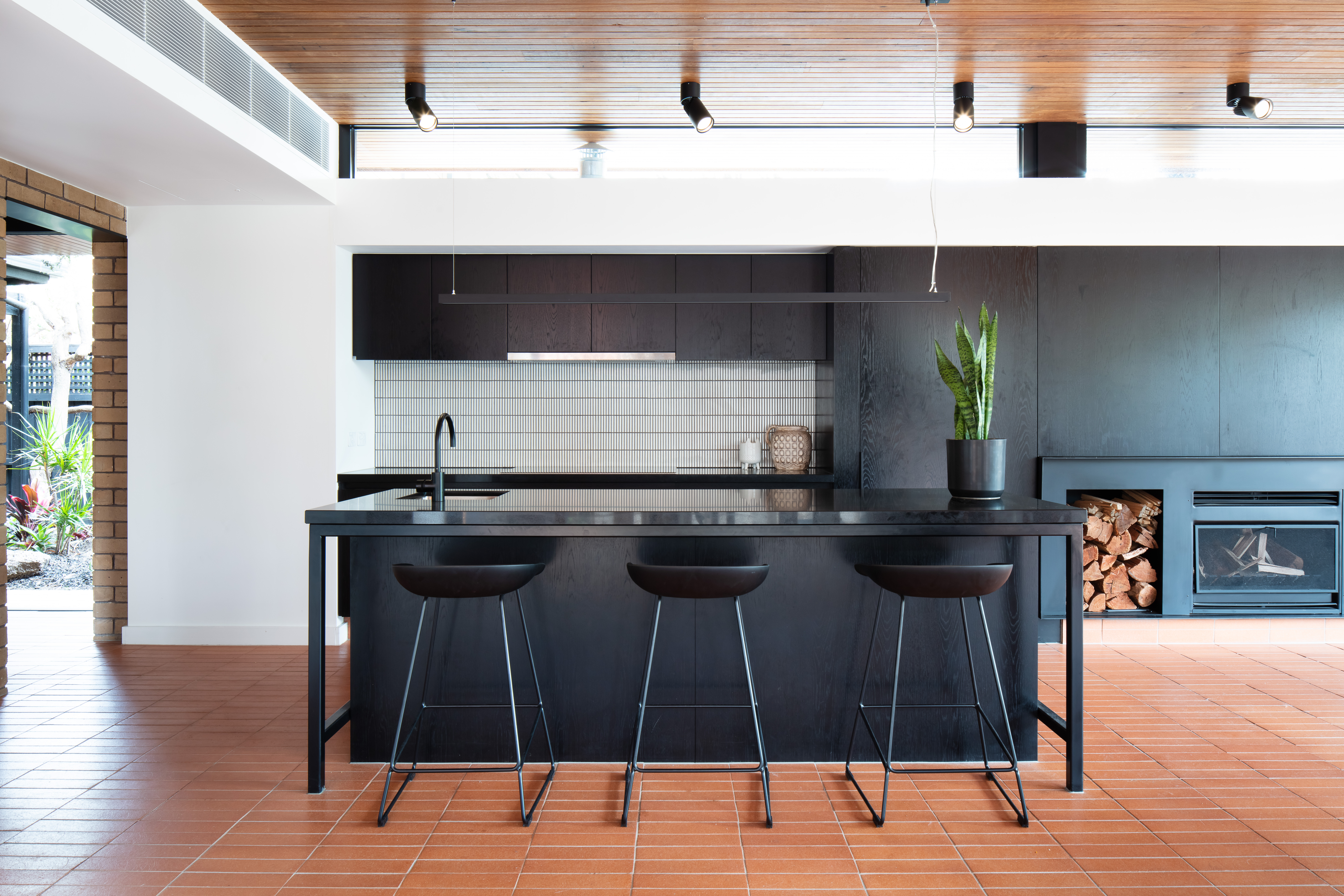
Have a well-lit kitchen? Add another gentle layer of light with spots.
Whether it’s living room lighting or bedroom lighting, spotlights often make an appearance as a way to provide additional illumination beyond what accent lighting offers. However, many designers note that an overreliance on spots can create harsh glare, shadows, and uneven light that feels discordant.
The Livingetc newsletters are your inside source for what’s shaping interiors now - and what’s next. Discover trend forecasts, smart style ideas, and curated shopping inspiration that brings design to life. Subscribe today and stay ahead of the curve.
“The light feels more clinical than inviting,” says interior designer Nishtha Vashist. “From a functional perspective, spotlights have real limitations. Their coverage is patchy, often producing pools of light with gaps in between, and they can’t easily adapt if the layout of a room changes. Aesthetically, a rigid grid of ceiling spots can make a space feel sterile; more like an office or showroom than a home. They also lack the visual interest people now want from pendants, sconces, and lamps that act as ‘jewelry’ in a space, and they can even clash with architectural features like beams, moldings, or historic ceilings.”
Nishtha Vashist, an interior designer based in Seattle with roots in India, has seven years’ experience specializing in immersive, interactive spatial design. Known for her clean, minimalistic approach, she has worked across retail and residential projects, from boutiques to luxury villas.
Where Do Spotlights Still Make Sense?
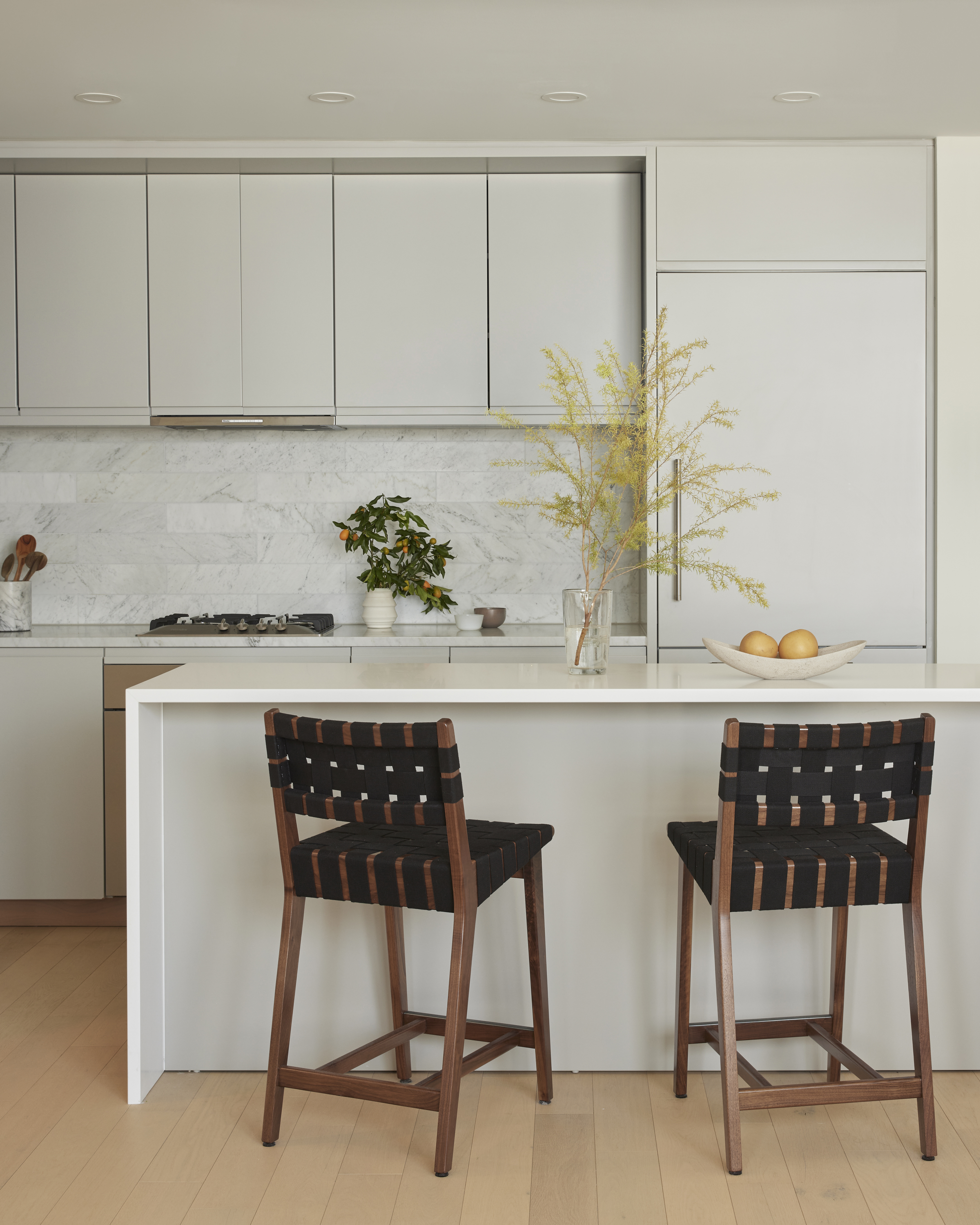
Hide the spots in the ceiling for a seamless, white kitchen.
Having spelled out the drawbacks of spotlights, experts still agree there are places where this element works well, particularly in a kitchen lighting scheme.
“In kitchens, they provide valuable task lighting over counters and prep areas, though I’ll usually balance them with pendants to soften the scheme,” says Nishtha. “In bathrooms, they’re practical over vanities or in shower zones where water safety is key. And in utility areas like closets, laundry rooms, or garages, functionality naturally takes precedence. Spotlights can also be useful as discreet accent lighting for art or textured walls, though I prefer them on adjustable tracks rather than in rigid ceiling grids.”
Beyond these spaces, Fontanella suggests using spotlights to highlight architectural details or artwork. “But for spaces designed for relaxation, like living rooms and bedrooms, they tend to feel too harsh and are best avoided in favor of layered, softer lighting,” she adds.
What Types of Lighting are Designers Gravitating Towards?
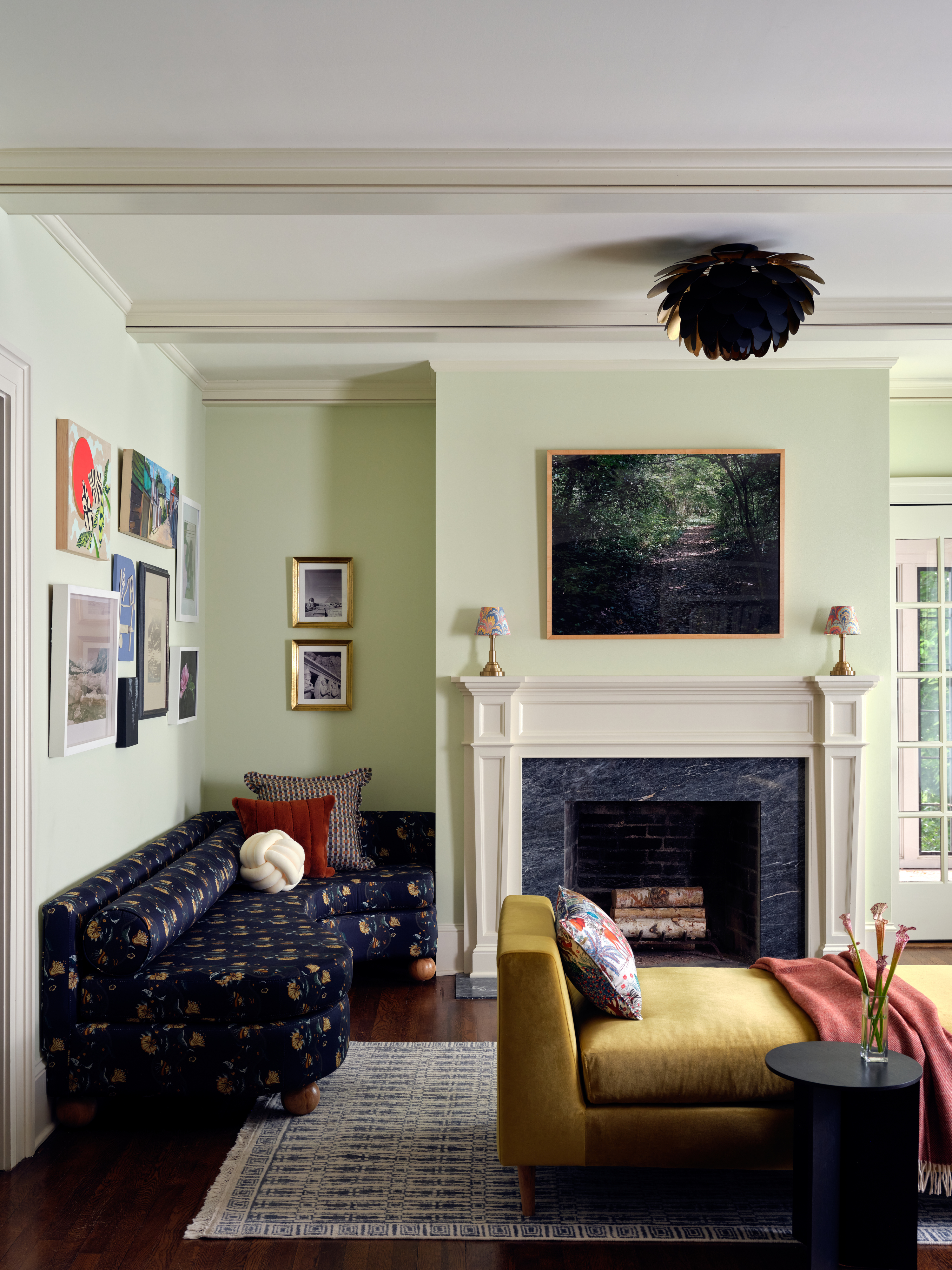
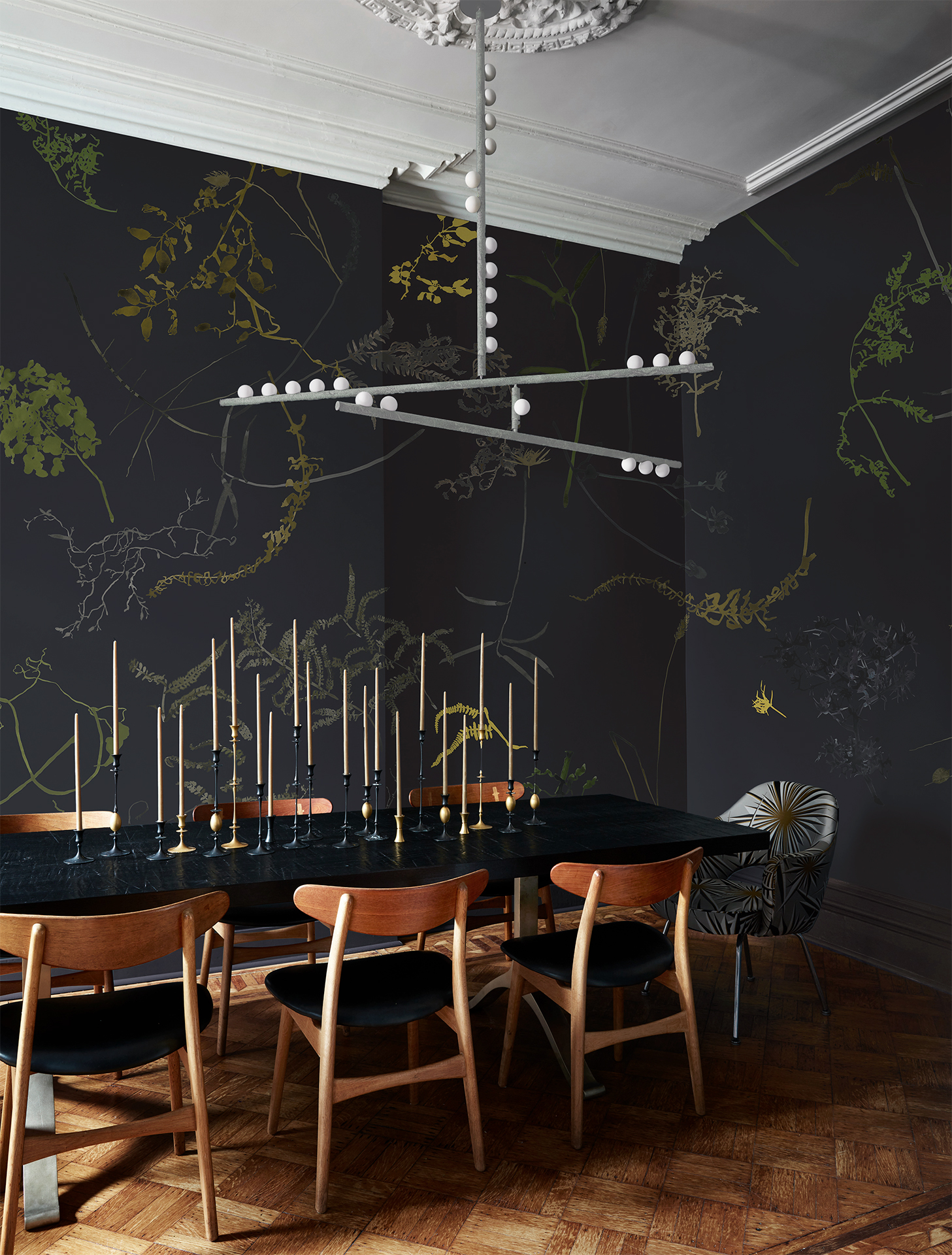
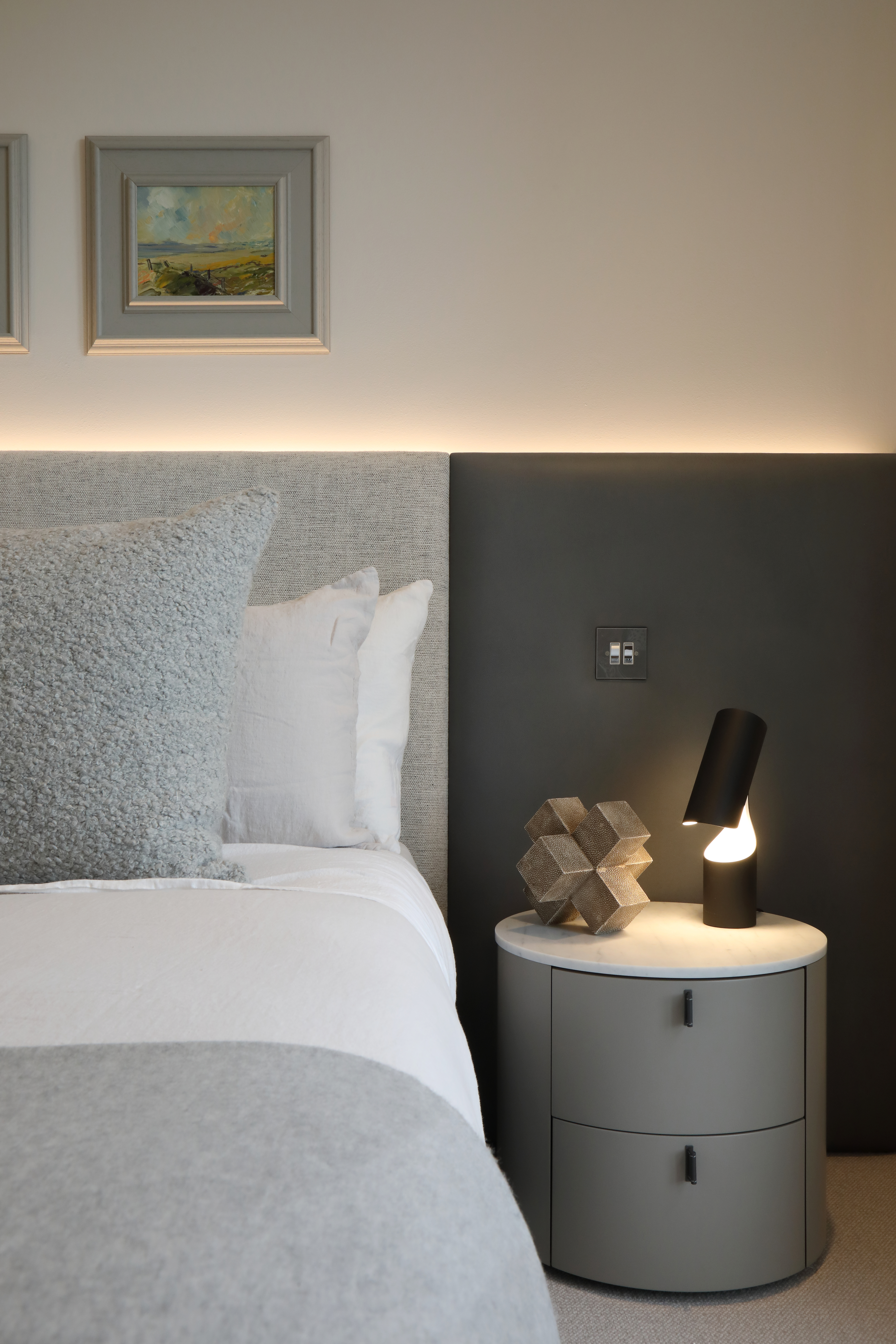
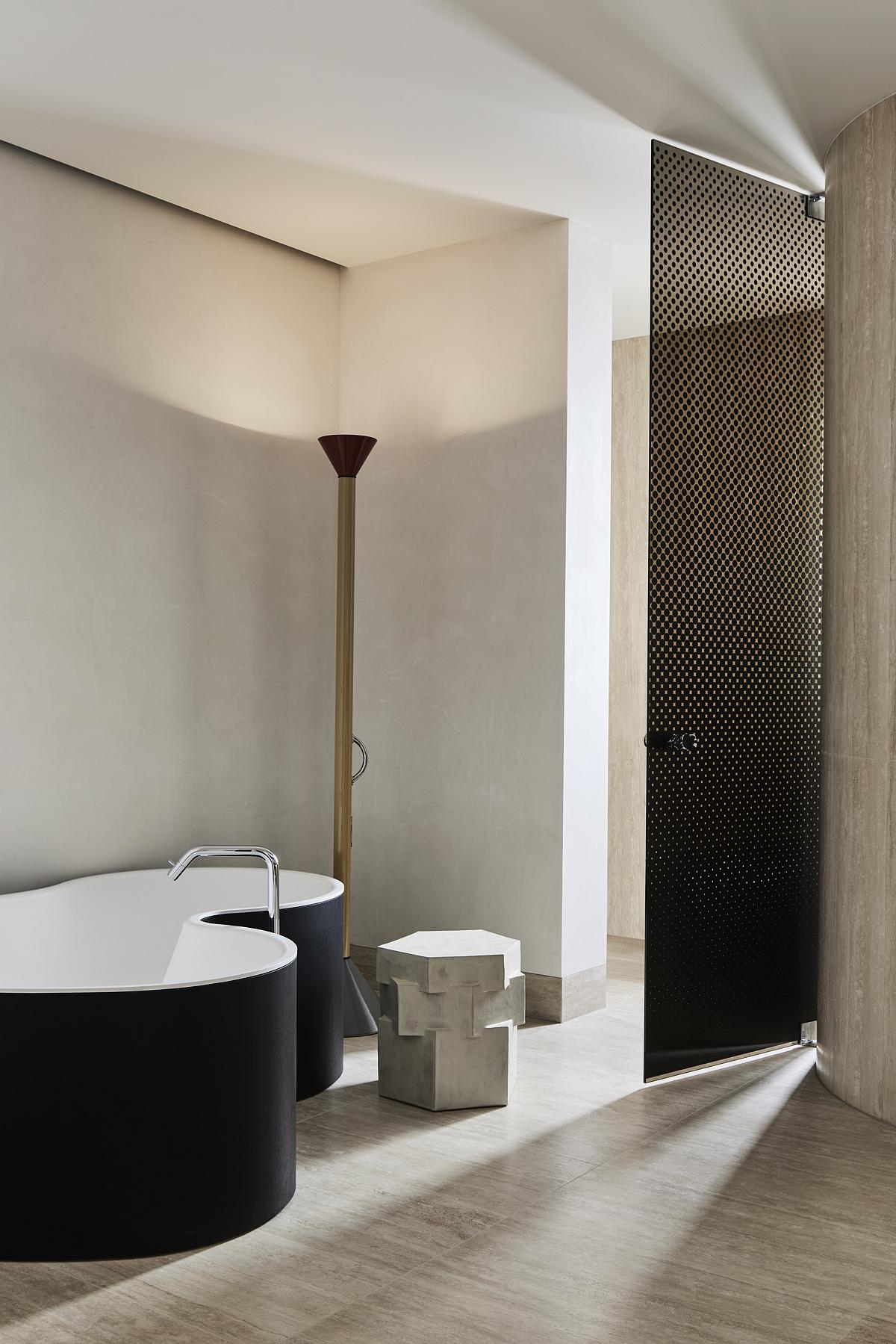
There’s a wealth of options to explore when it comes to ambient lighting, particularly ceiling fixtures. Experts suggest choosing pieces that balance functionality with beauty.
“I love a flush mount in lieu of a spotlight or can light,” says Jessica Davis, founder of Atelier Davis. “There are some great flush mounts available, such as mono points that function as architectural track heads. Others are more decorative and provide a soft ambient glow. Interesting glass or paper shades can add texture and dimension to a space.”
This fixture, for instance, is from Visual Comfort. “It’s a play on the classic artichoke style but in a flush mount,” Davis adds. “And the gold interior adds a touch of sparkle, especially when the light is on.”
Beyond flush mounts, designers are gravitating toward fixtures that combine atmosphere with decorative impact. “Wall sconces, for example, are increasingly popular; whether whimsical or pared-back, they provide space-saving practicality while washing walls in a gentle glow and adding personality to a scheme,” says Fontanella. “Clients are also drawn to diffused materials such as reeded or colored glass and alabaster, which soften the light and create a warmer, more inviting ambiance compared to the starkness of overhead spots.”
On pendant lights, Lindsey Adelman, founder of Lindsey Adelman Studio, suggests her Drop System collection that has a wonderfully architectural form, and casts a soft, atmospheric glow that diffuses gently through its mold-blown glass globes. “The light pools warmly, accentuating the brass tubing’s sculptural lines and creating a play of shadow and reflection. Like Mondrian’s geometry translated into luminosity, the fixture balances rigor and fluidity, its illumination is at once precise and poetic, structural and sensual.”
Finally, with the rise of LEDs in versatile forms such as strips, coves, and decorative fixtures, designers are leaning toward layered lighting that builds mood, warmth, and depth. “There’s also a wellness element to this shift: harsh overhead glare can be fatiguing, while softer, diffused light better supports how we actually live and relax in our spaces,” notes Nishtha.
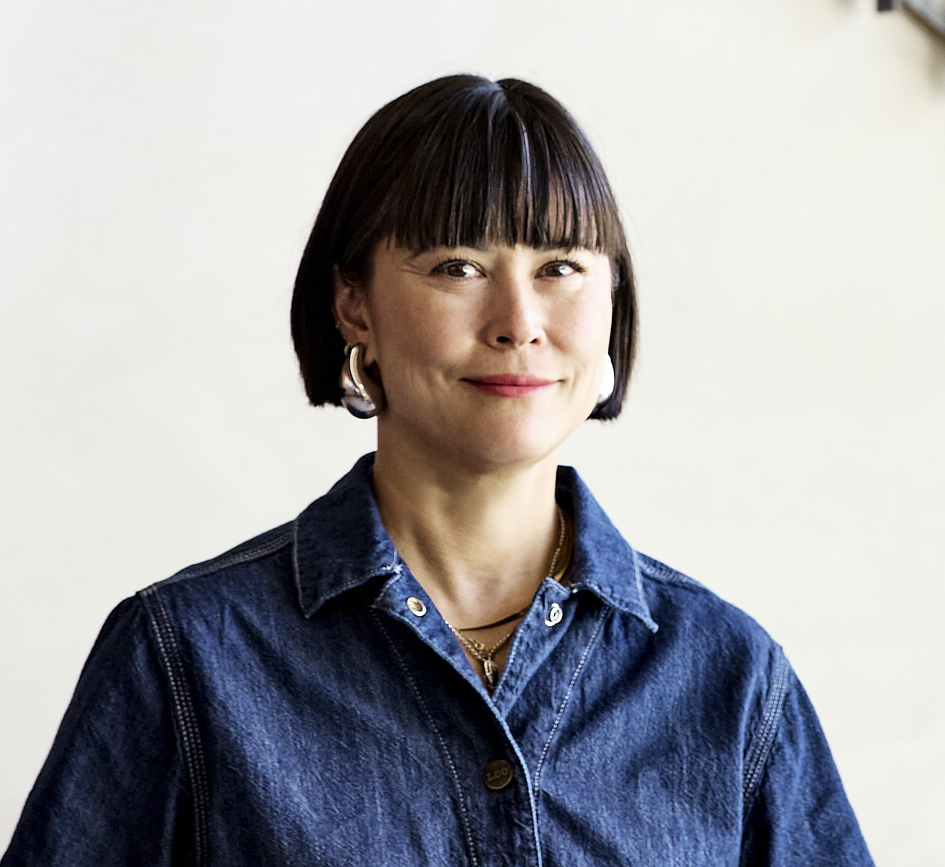
Atelier Davis is a full-service, multi-faceted design studio headed by Jessica Davis with offices in Atlanta, New York, and Los Angeles. The studio oversees residential and hospitality interiors as well as furniture, product, and landscape design.
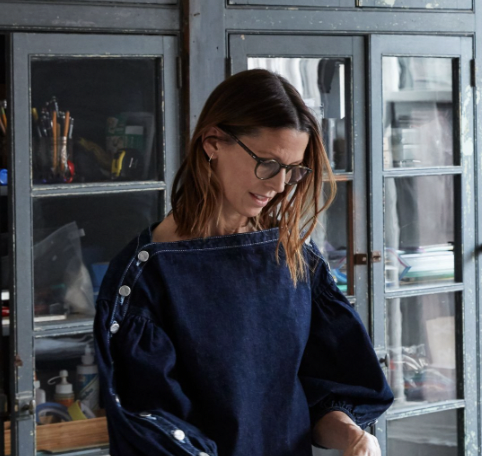
Lindsey Adelman, a light sculptor, founded her studio in 2006 with the iconic Branching Bubble chandelier. Fusing hand-blown glass and industrial components, her designs balance organic and industrial forms, creating luminous works spanning lighting systems, limited editions, and private commissions.
Spotlight Alternatives
The need for spotlights has considerably reduced, and the fixture today is employed more for light layering than for task or accent lighting. Spots now contribute to ambient illumination and are best suited for spaces such as kitchens or bathrooms.
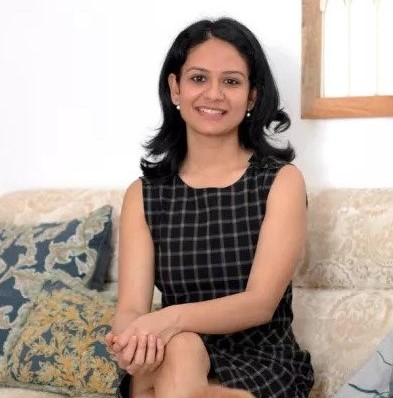
Aditi Sharma Maheshwari started her career at The Address (The Times of India), a tabloid on interiors and art. She wrote profiles of Indian artists, designers, and architects, and covered inspiring houses and commercial properties. After four years, she moved to ELLE DECOR as a senior features writer, where she contributed to the magazine and website, and also worked alongside the events team on India Design ID — the brand’s 10-day, annual design show. She wrote across topics: from designer interviews, and house tours, to new product launches, shopping pages, and reviews. After three years, she was hired as the senior editor at Houzz. The website content focused on practical advice on decorating the home and making design feel more approachable. She created fresh series on budget buys, design hacks, and DIYs, all backed with expert advice. Equipped with sizable knowledge of the industry and with a good network, she moved to Architectural Digest (Conde Nast) as the digital editor. The publication's focus was on high-end design, and her content highlighted A-listers, starchitects, and high-concept products, all customized for an audience that loves and invests in luxury. After a two-year stint, she moved to the UK and was hired at Livingetc as a design editor. She now freelances for a variety of interiors publications.
